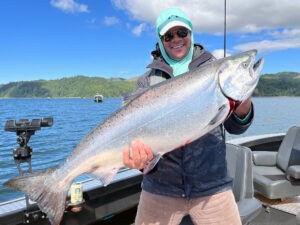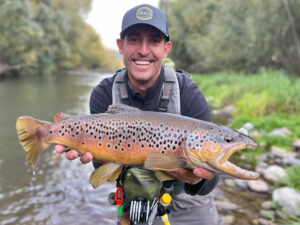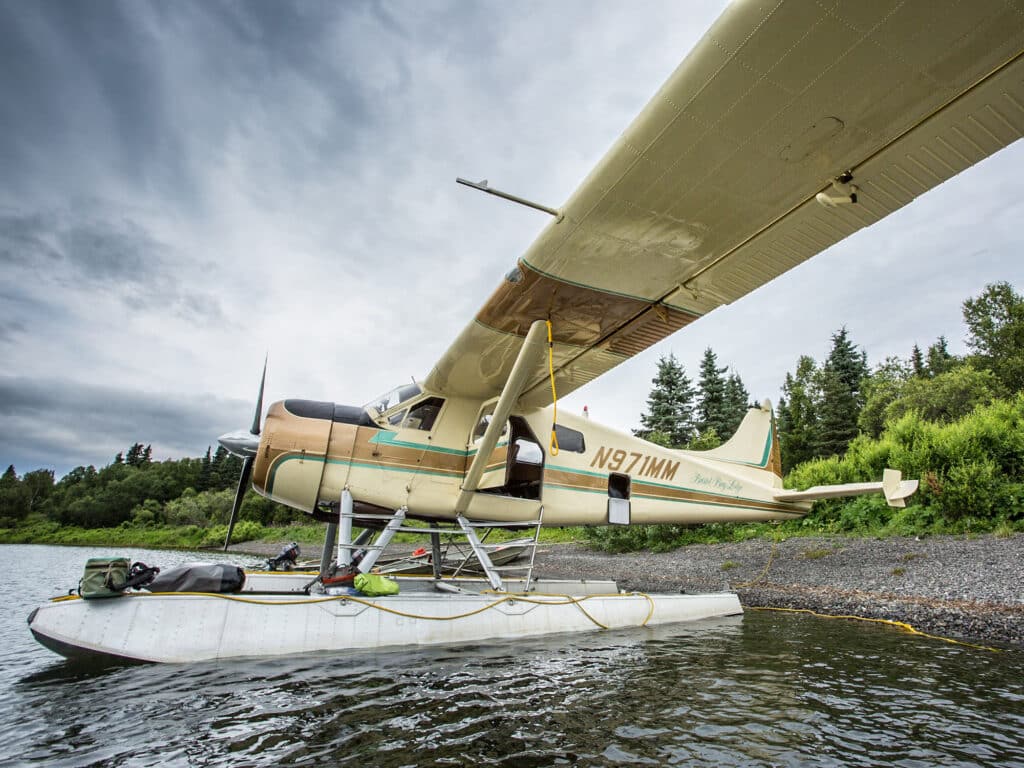
Packing for a fishing trip to any destination — especially a remote one — can be an exercise in strategy and patience. Airline luggage limits were not designed with anglers in mind, and whittling down our home fishing kits to the basics of what we need when in a new location is not a simple undertaking. I’ve been traveling the globe for 15 years, fishing on six continents as a photographer, writer, and lodge manager, and I’m still changing and adapting my packing lists to each new job and destination.
If you’re traveling with an outfitter or a lodge, they should provide you with a basic packing list suited to the fishery. These lists tend to do a pretty good job of covering the basics: tackle, clothing, and other assorted equipment. I find they don’t cover everything however, including medical supplies and personal care to keep yourself healthy and hydrated during long fishing and travel days.
For every single trip — from the jungles of the Amazon to the Russian tundra — I always pack along a good medical kit including a tourniquet, suture kit, and clean, sterile syringes. Beyond field care, even if I end up in a hospital getting an IV or stitches, I want to know the needles are clean and haven’t been used on someone else. (It’s more common than you might think, especially in certain regions of the world.) I also pack along electrolytes to prevent dehydration, bug protection, and sunscreen for body, face, and lips to protect what’s not covered by clothing. Even in cold climates, long hours in the sun can add up surprisingly quickly.
My packing lists are comprehensive for each trip and job, but I wanted to provide a run-down of a few key categories you should consider when booking your next destination trip. While this is by no means all-inclusive, here are key items you should consider bringing along on your next destination fishing trip, especially if it’s to a remote locale.
A Water-Resistant Duffel
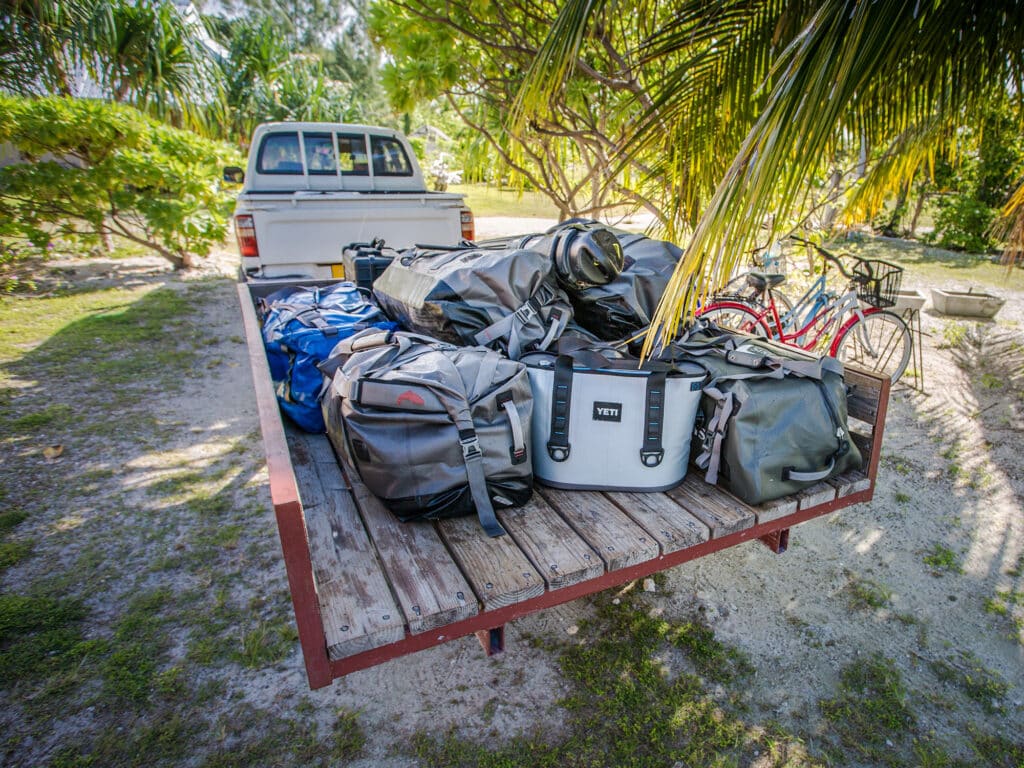
Soft-sided duffel bags are often vastly preferable to hard-sided luggage for remote locations. Small bush planes, helicopters, and even small transfer boats will often not load oversize hard-sided luggage. Duffels can more easily mold to limited space. Yes, there are many models available with wheels if you’re not keen on carrying it over your shoulder. Ideally, look for a duffel made of a water-resistant or even waterproof material from makers such as Simms. You never know when it’s going to get stuck sitting on the tarmac in the rain while waiting to be loaded up.
It’s also worthwhile investing in small “cube”-style packing organizers. Travel enough, and eventually you’ll be emptying your luggage in front of some customs official in a busy airport. Ensuring everything is organized internally will help you stay organized throughout the course of your trip while also limiting theft opportunities when all your necessities are spread out over the conveyer belt.
A Dry Bag or Backpack
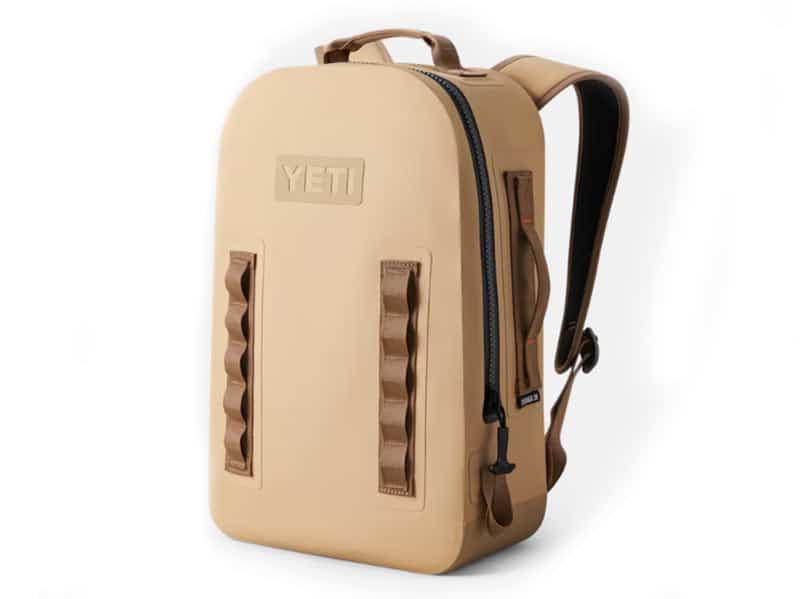
By its very nature, fishing is a wet pursuit. We’re either working on or around water, or caught out in the elements when a nasty storm pops up. Do yourself a favor and invest in a waterproof pack, such as those from YETI, so when that squall approaches, you’re not panicking about how to keep your kit dry. There are plenty of options on the marketplace — from backpacks to hip packs to boat bags — so find one that suits your individual needs and preferences, then take the time to set it up how you like. Adjust the straps. Add carabiners and other accessories as needed.
If you already have a bag you love that isn’t waterproof, throw a small, compressible drybag in one of the pockets. You can throw items that really can’t afford to get wet — such as your phone, camera, wallet, and passport — in the waterproof receptacle when the time comes.
A Rod Case
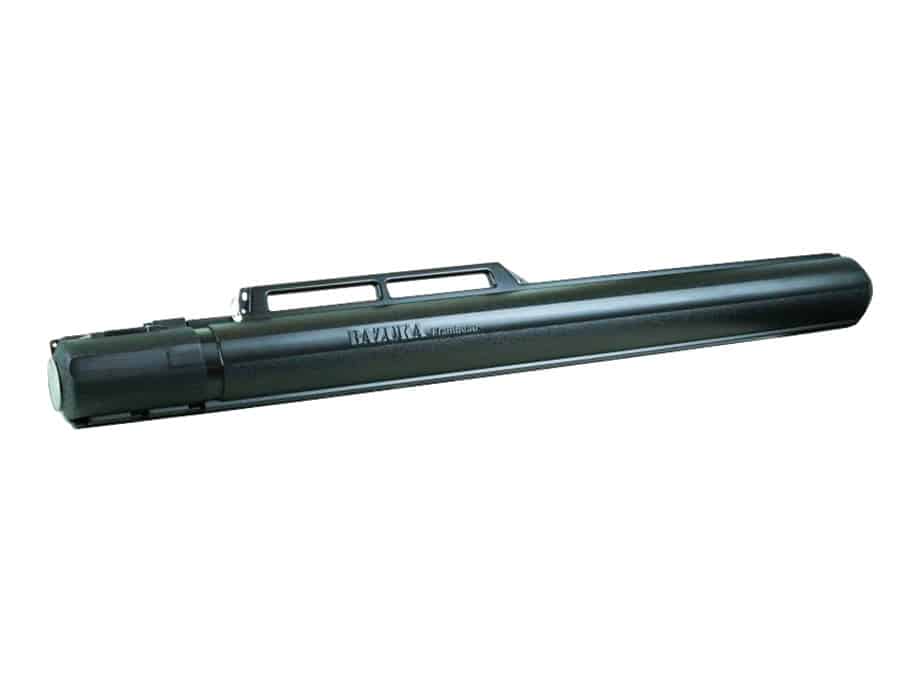
As discussed plenty, organization is key. Especially if you’re in a remote location where you’ll be living out of your duffel and changing camps every night, there’s no time to unpack each day and “set up” home base. Keeping your personal items and your fishing gear organized is key, so consider traveling with a rod case that allows you to pack multiple rods in socks, along with reels and a small selection of flies or lures. Many airlines will allow you to carry a four-piece rod case on the airplane, as long as it fits the set dimensions for carry-on items, which alleviates the stress of checking expensive gear.
If you’re traveling with one- or two-piece rods, you’ll likely have to invest in a hard-sided plastic rod carrier from makes such as Flambeau Outdoors. Most of the iterations of these carriers are well-padded (though don’t be afraid to glue more foam in there) and can be locked with TSA-approved locks. Be aware you’ll likely have to pay an oversize item fee. Plus, check international airline regulations on “sporting goods” and “oversize items” because sometimes the baggage fees can be upward of $500, depending on your airline and route.
Travel Tackle-Storage System
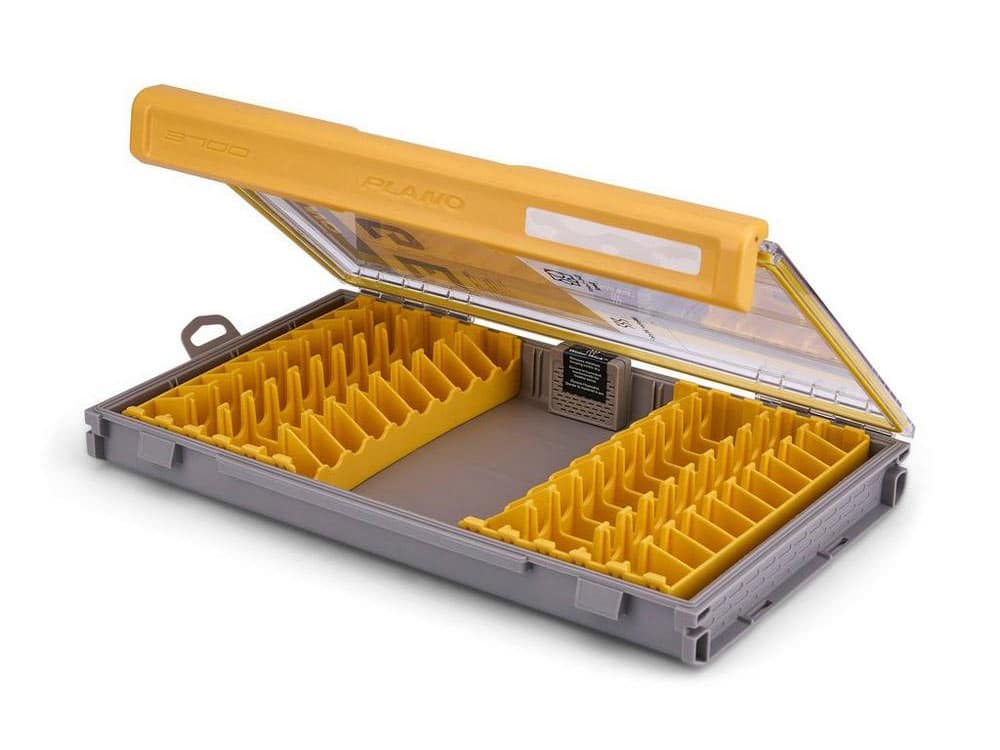
It’s the age-old fisherman’s question: How do I keep all this stuff organized? And if you think that’s a challenging task at home, be prepared for the challenges to multiply when you’re traveling. Each angler has their own system for keeping terminal tackle and lures organized on the road. Some prefer to invest in boxes and organizational systems, understanding that it’s going to eat away at their packing space. Others condense down, preferring gallon-size plastic baggies to group items together. I fall somewhere in the middle. I utilize my fair share of baggies and dry bags, but I also have a box or two readily accessible and organized.
Find a program that works for you, and familiarize yourself with your own system. Jet lag and overall travel exhaustion makes everything seem harder, and the last thing you want when you’re on location is to not be able to find that one key piece of equipment you know is hiding somewhere in the depths of your bag.
Sunglasses
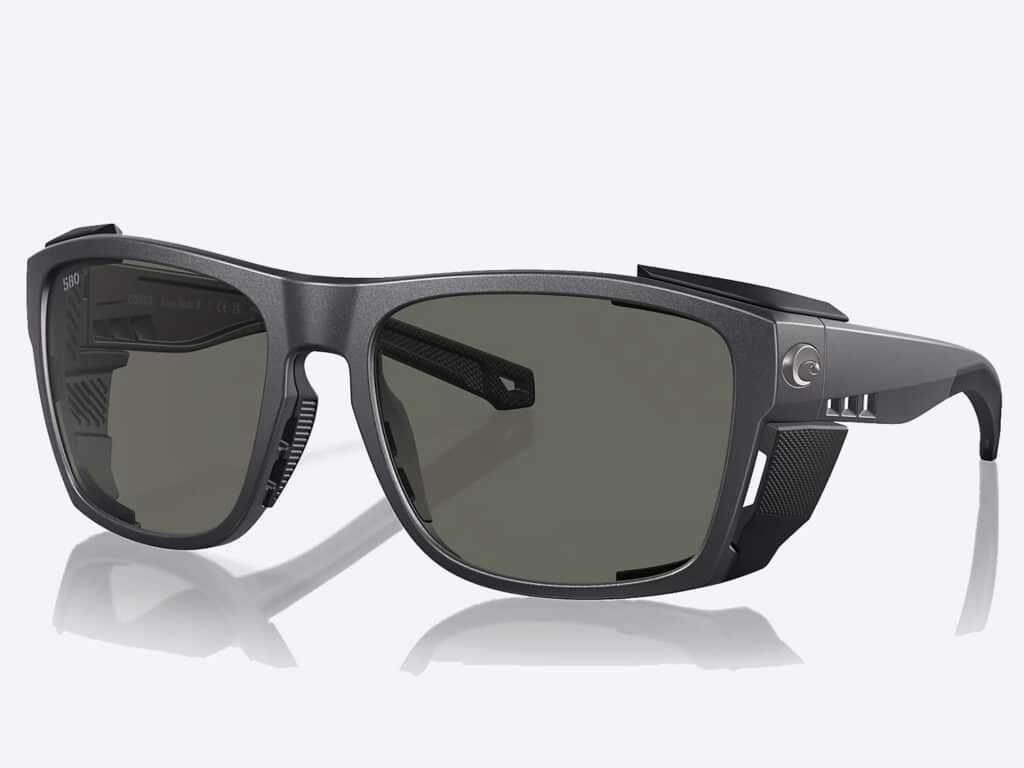
Eye protection is a core piece of gear that’s vital for every angler in every location. I always pack two pairs of sunglasses: one as a daily driver and one as a spare. Things do happen, and sunglasses do break. Whether you’re stalking bonefish on the flats of Belize or chasing grayling in Swedish Lapland, keeping your eyes relaxed and happy is key to success on the water. Especially when fishing with anglers whose skillset of which I’m uncertain, I prefer frames with full wraparound protection to help prevent any hooks landing where they shouldn’t.
Consider your location, the water, and the conditions as you choose which lenses to pack. Quality polarization is key regardless of lens color, helping to cut the glare and see farther into the water column. I prefer green lenses for inshore and flats use, and blue for bluewater and offshore. Every angler will have their preferences; most sunglasses companies offer helpful guides on their website about which lens color is best-suited to specific uses.
Headwear
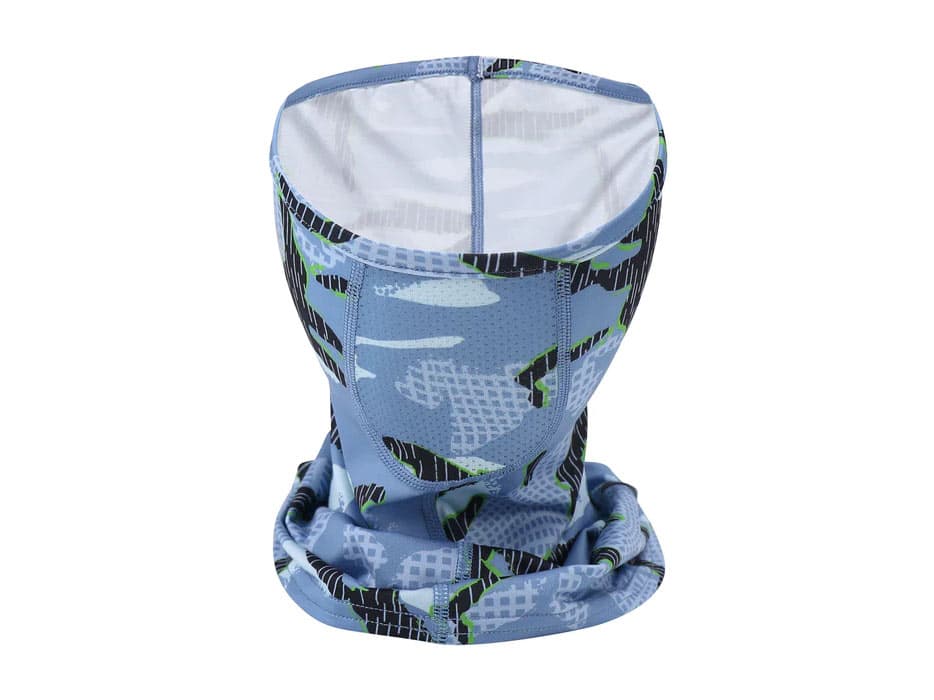
On and off the water, we all have our personal preferences for things we put on our heads. I tend to favor the good old-fashioned baseball cap when on the water, relying on the brim to help cut glare and protect from spray, flies, and rain. On chilly days, it’s easy to toss a warm beanie over the cap too. Fishermen will often sport full-brim hats on the water as well, opting for the ear and neck protection. Bottom line: Go with what’s comfortable.
I’m also a big fan of face masks. Sometimes they’re called a buff or neck gaiter. I’ll pull a buff up over the back of my cap to protect neck, ears, and face from extreme sun, and always keep a spare or two in my fishing bag for equipment dust protection, wiping hands, and other uses.
Good Fishing Pliers
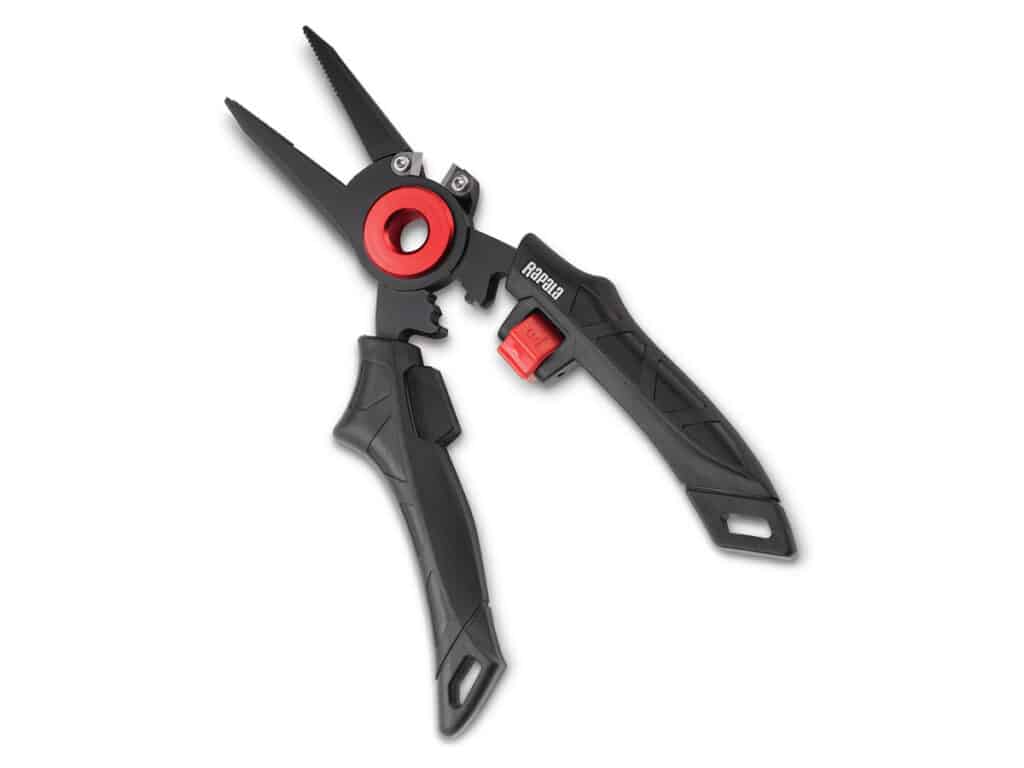
You’d be surprised at the uses for a solid set of pliers. Most saltwater anglers will keep a set handy to help unhook fish and cut leader, but pliers can also be a handy bottle opener in a pinch, a tool to help solve engine issues, and so much more. I prefer a pair with built-in cutters (saving me from having to carry separate nippers) and a solid belt sheath that I can either wear or clip to my backpack. Just like all your other gear, be sure to wash pliers well with fresh water at the end of every day in the salt.
Solid Footwear
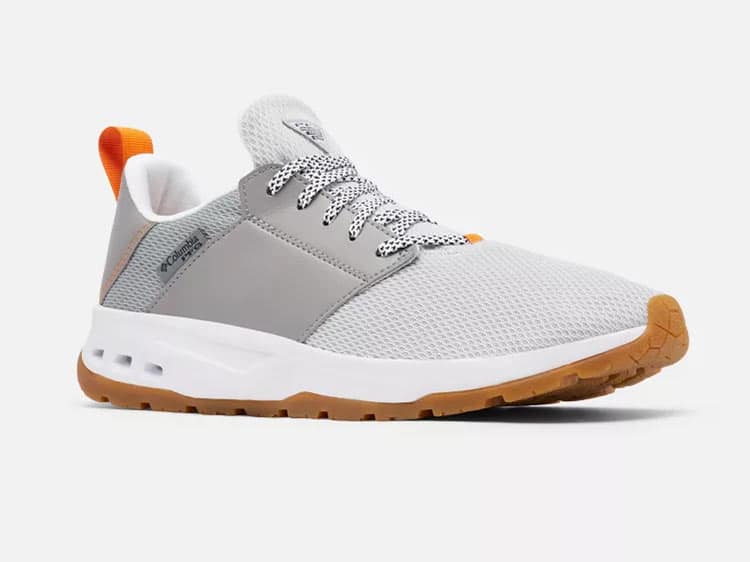
Footwear is going to be dictated by your location, the conditions, and the trip itself, but this is one area you should not skimp on. A good pair of shoes can make or break your day, especially when you’re exhausted and sore from long travel. For cold-weather trips where I’ll be in waders and hiking a lot, I prefer a supportive wading boot with plenty of ankle support. I always bring along a pair of flats wading shoes on saltwater trips; it took just one trip with cheap wading boots and the resulting infected coral cuts to remind me of the importance of good footwear.
If you’ll be in boats, ensure that your footwear is nonmarking—one of the fastest ways to get on a captain’s naughty list is to mark up his deck.
And be sure you pack along a comfy pair of flip-flops, sneakers, or whatever lounge footwear you favor for hanging at the camp or lodge after the fishing day is done. There are few feelings as good as setting aside sweaty, damp fishing gear and slipping into something dry and comfy at the end of the day.
A Fishing Sun Shirt
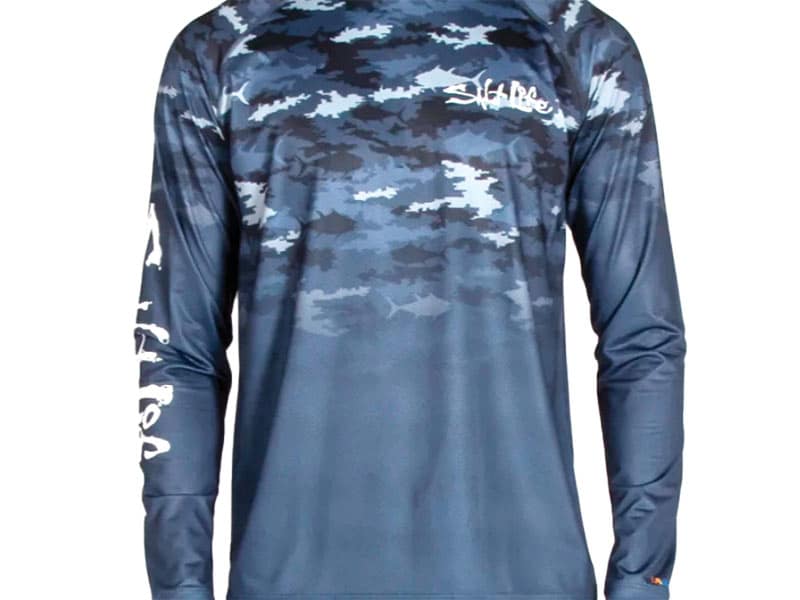
Anyone who has spent time in tropical climates needs no reminding of the importance of a solid sun shirt. I always look for tops made with lightweight, quick-drying fabric that will help wick moisture while also providing mechanical sun coverage.
Key sun shirt features on my list? A good, deep hood that will fully cover my ears and can be caped out over the brim of my ballcap, ideally with some sort of cinch so that I can snug it down when we’re making runs in the boat. I also look for sleeves that are long enough to provide good coverage on the back of my hand, and thumb holes that are practical.
Rain Gear
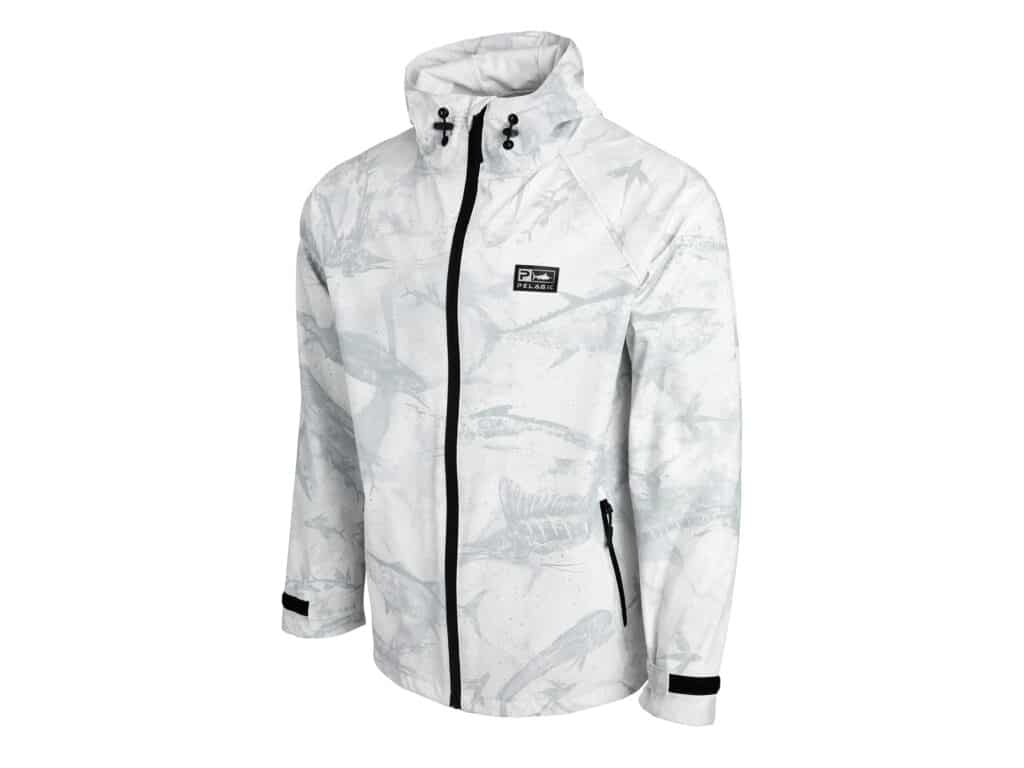
As we discussed above when talking about waterproof bags in the boat, it’s a universally acknowledged truth that, somewhere along the way on almost every fishing trip, you’re going to get wet. Whether it’s an afternoon shower in the Caribbean or a daylong deluge, when the time comes, you’re going to be glad you spent the money for the better-quality rainwear.
I run a few different rain jackets depending on the job (thicker for cold weather, lighter for the tropics), but they all have snug cuffs to help limit water running up my warms, a well-fitting hood, and are long enough to help drain water down over my hips, not just into a pool at the small of my back. Pit zips are also a solid feature for warm climates. Just like everything else on this list, rain gear is a personal-preference call, but know that it is worth investing in gear that will keep you dry through the nastiest weather.
Travel Rod
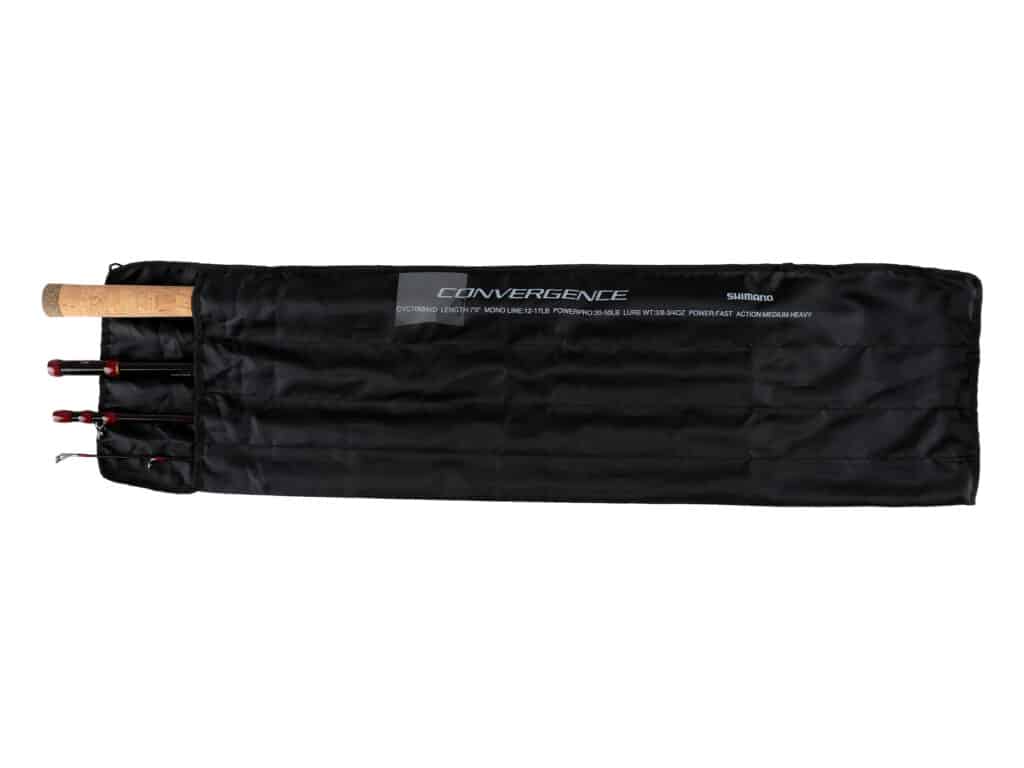
Some destinations—especially remote locations—might not have the quality of fishing gear that you’re used to at home. Consider bringing along a travel stick, particularly a light-tackle rod that’s easy to carry and doesn’t take up much space during travel.
One good option is from Shimano, although most rod-makers these days have travel options. Shimano designed its Convergence series of casting and spinning rods to cater to the diverse needs of multispecies anglers. These rods boast quality components and versatile actions, making them suitable for various travel fishing scenarios. The redesigned series features lightweight carbon blanks for sensitivity and power, matched with Fuji reel seats for comfort and improved bite detection.
Two- and four-piece rods are available. The four-piece travel rods come with a travel tube, providing additional protection. Too many anglers have been blindsided when hopping on an unfamiliar charter boat and realizing that the tackle might not be up to snuff. It never hurts to bring a travel rod as insurance.
Satellite Communicator
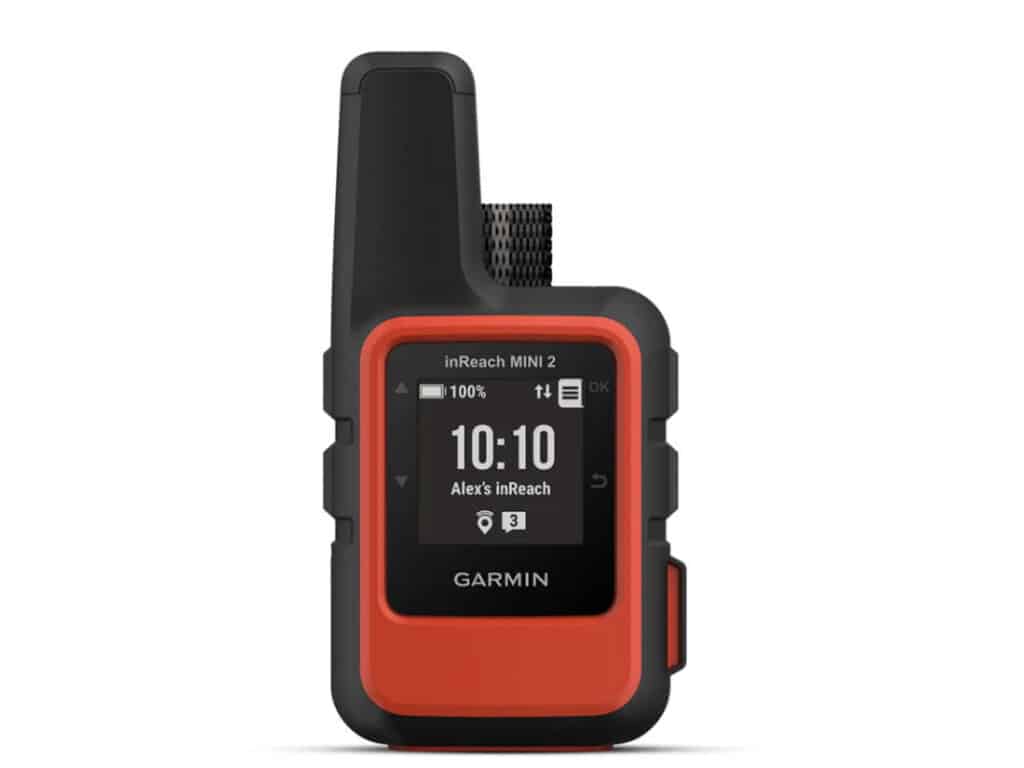
Although it’s hard to believe in this digital age, some locations around the world are still fairly removed from cell service and Wi-Fi connectivity. Heading into remote destinations, it’s a good idea to be able to reach the outside world should the worst happen. If medical evac is needed or a security situation changes, being able work logistics is critical.
And very little can be accomplished without some communications tether to the outside world. Satellite communicators have become more common and certainly affordable in the past decade. Models such as the Garmin InReach allow users to reach friends and family using two-way messaging. They can be used to help set up an evacuation if necessary. Or use them for something as simple as staying in touch with those at home.
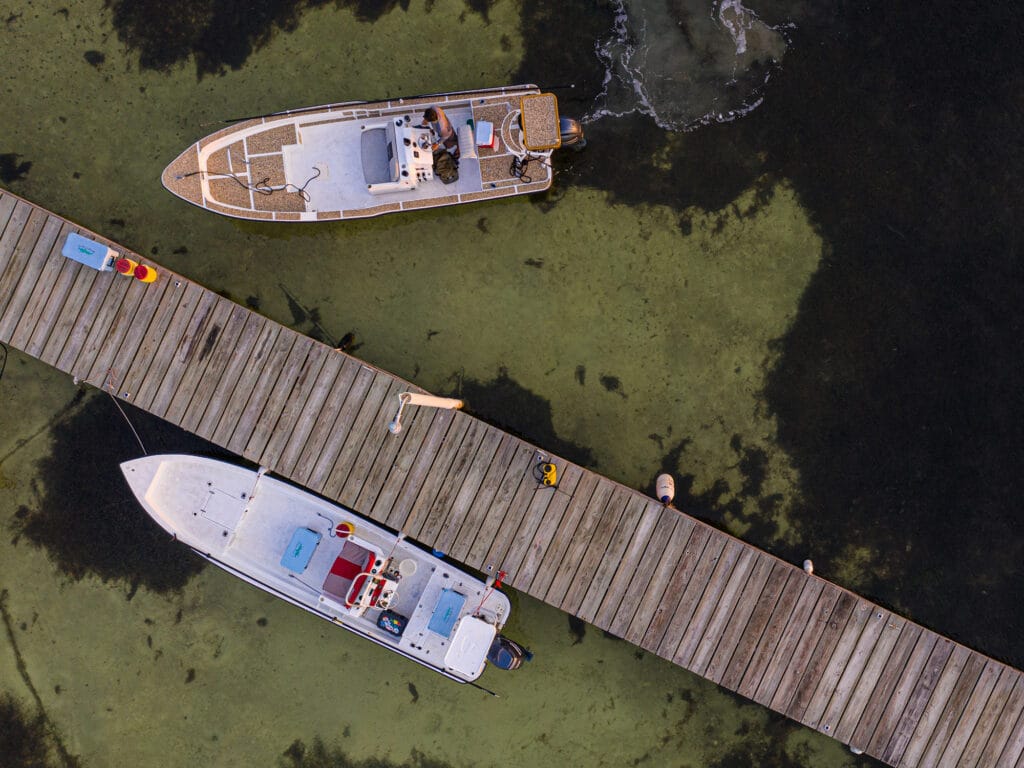
This list should give you a starting point as you consider your next destination fishing trip. I often recommend people keep a packing list and physically check off items as they are packed into your bag. I have two packing lists open on my computer as I write this for two upcoming jobs in very different fisheries: Iceland and Bolivia. And while the two lists have some overlap there are considerable differences. Having the lists and checking off items as they go into my duffels gives me peace of mind that I’m not forgetting something small but crucial, such as foreign plug adapters.
Whatever you choose to bring along on your trip, make sure it suits your individual needs and preferences. Your list might look very different from mine, and that’s okay—bring what you need, pack for eventualities (within reason), and then go forth knowing you’re prepared. Fishing travel is supposed to be fun.



